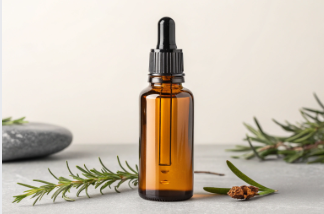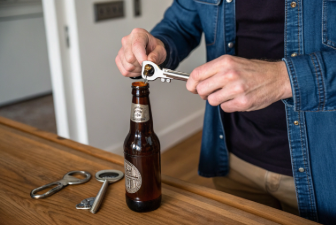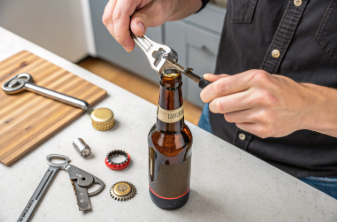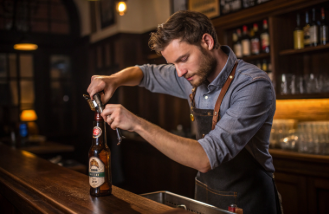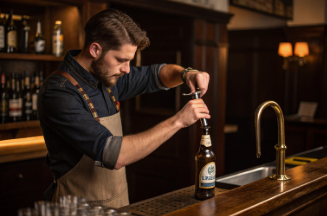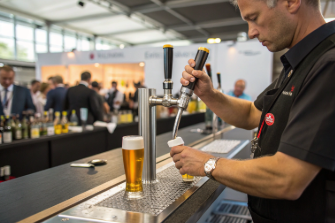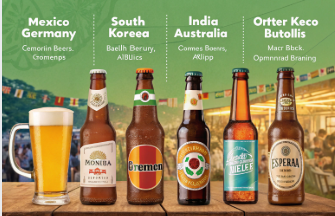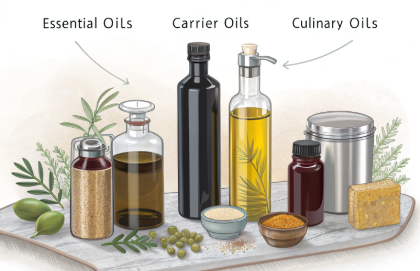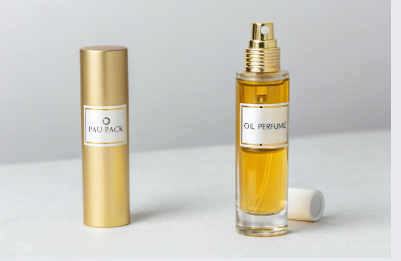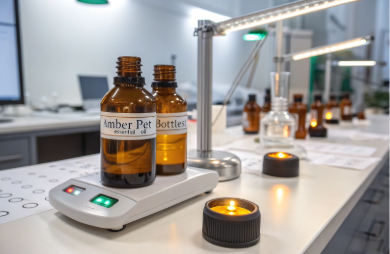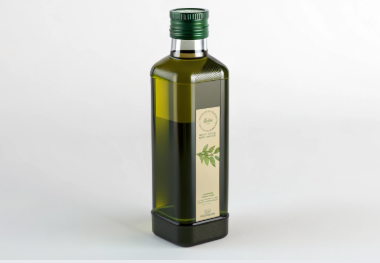You’re hosting a party, the fridge is stocked, the guests are buzzing—and then someone hands you a bottle... with no opener in sight. Now what?
You don’t need a bottle opener to be the hero of the hour. With a few tricks, you can open a beer like a seasoned bartender—using only what’s around you.
In this blog, I’ll walk you through seven professional-level ways to pop open a beer bottle when you're caught without the standard tool. Some are clever, some are showy, all of them work.
Why knowing bottle-opening hacks matters for pros and hosts
Forget party tricks—this is functional skill. Knowing how to open a beer without a dedicated opener sets you apart.
Whether you're a bartender, brand ambassador, or simply a great host, mastering bottle-opening alternatives keeps the drinks flowing and your reputation strong.
Dive Deeper: Why It’s More Than a Gimmick
-
Bar professionals often encounter scenarios where speed and adaptability matter more than tools.
-
Brand reps doing demos in non-bar settings may need to improvise for effect.
-
Hosts face real-time guest needs and want to look cool doing it.
-
Outdoor lovers (campers, festival-goers) rarely carry openers, but always carry beers.
Mastering these methods isn’t just about being impressive—it’s about being prepared.
Method 1–3: Classic tricks using everyday items
If you’ve got a belt, a countertop, or a lighter nearby—you’ve got options.
The first three bottle-opening methods use common objects and require no training, just a little leverage and confidence.
Method 1: Use a lighter (or anything metal)
-
Hold the bottle firmly just below the cap.
-
Place the edge of the lighter under the cap lip.
-
Push upward with your thumb as a fulcrum.
-
POP! Done.
Tip: The stiffer the lighter (or key), the better the leverage.
Method 2: Use the edge of a table or counter
-
Hook the bottle cap onto a hard edge.
-
Hold the neck tightly with one hand.
-
Tap down hard on the bottle (away from your body).
-
Be quick but controlled—it should pop clean.
Safety note: Only use durable surfaces. No thin glass or plastic edges.
Method 3: Use a belt buckle or spoon
-
Position the buckle or spoon head under the cap.
-
Use the thumb technique to lift.
-
Twist slightly if needed—it adds grip.
These are the methods every bartender learns in their first week. They work in bars, kitchens, and backyards alike.
Method 4–5: Advanced techniques bartenders swear by
These next two methods require a bit more finesse—but they’re smoother, safer, and seriously cool.
Perfected by pros, these approaches are practical in low-light, high-pressure settings like clubs, lounges, and outdoor bars.
Method 4: The two-bottle trick
-
Hold one bottle upside-down.
-
Use the cap edge to hook and lever the upright bottle.
-
Pop it open with a twist of the wrist.
-
Open the second one using another object—or hand it to someone else to do the same.
Pro tip: Works best with twist-top bottles but can work on press caps too.
Method 5: Use a carabiner or keyring
-
Slide the ring under the cap ridge.
-
Use your finger as a pivot point.
-
Pull down with control.
-
Cap lifts clean—no splash.
This is a favorite of hiking bartenders and festival crew. Just attach a carabiner to your jeans or gear and go.
Method 6–7: Party-proof moves to impress your friends
Ready to be the legend of the night? These last two methods are more theatrical—and guaranteed to get a reaction.
Designed for parties and events, these methods blend utility with entertainment. Use them wisely.
Method 6: Open with another bottle’s neck
-
Hook one bottle cap under another.
-
Hold tightly with both hands.
-
Use one bottle as the opener, pressing down.
-
With a snap, the cap comes off.
Watch the pressure—bottles under high carbonation can fizz unexpectedly.
Method 7: Use a folded piece of paper
-
Fold a standard paper 5–6 times until thick.
-
Jam it under the cap like a wedge.
-
Use the paper like a key-lever combo.
-
Yes, it actually works.
Why it’s great: You look like a magician using origami. Perfect for office parties or when nothing else is around.
Tips to avoid accidents while opening beer without a traditional opener
Skill means nothing without safety. While these methods are time-tested, they do carry risk if done wrong.
Avoid broken glass, hand injuries, or embarrassing spills by mastering the basics of bottle-opening safety.
Safety Guidelines:
-
Grip firmly: A loose hold = disaster.
-
Angle smartly: Always direct away from face or body.
-
Choose solid objects: Avoid plastic, glass, or fragile surfaces.
-
Practice first: Try at home before doing it at a wedding.
-
Know when to say no: If it feels wrong—grab a real opener.
At PauPack, we design premium glass bottles with precise necks and caps to support pressure, temperature, and safe opening—whether by opener or hand.
What makes a bottle cap so tricky to open?
A standard beer bottle cap—known as a "crown cap"—is designed to be both secure and tamper-resistant. That means it's doing its job very well… until you don’t have a proper opener.
Beer bottle caps are crimped around the glass neck with 21 small ridges that lock onto the lip—making manual removal tricky without a lever.
| Feature | Purpose |
|---|---|
| Crimped edges | Prevent tampering and preserve carbonation |
| Reinforced metal | Withstands internal pressure from carbonation |
| Sealed liner | Keeps oxygen out, beer fresh |
To overcome this engineering, you need three things: grip, leverage, and a rigid edge—hence the lighter trick, the countertop slam, or the spoon wedge. It's not magic—it's mechanics.
Can packaging design make beer easier to open?
Absolutely—and many premium brands are starting to think beyond the cap.
Bottle design affects how easily a beer can be opened without tools, especially in casual or outdoor consumption scenarios.
| Design Element | Impact |
|---|---|
| Cap height | Lower-profile caps are harder to lever manually |
| Neck curve | Easier grip allows better counterforce |
| Bottle thickness | Stronger glass resists breakage from impact methods |
| Label placement | Important if using friction-based tricks |
Some forward-thinking craft brands are now experimenting with twist-off hybrid caps, not just for ease but for sustainability (reclosability). At PauPack, we consult with beer brands to balance protection, aesthetics, and opener-free functionality.
How do different cultures approach opener-free beer drinking?
Around the world, ingenuity takes many forms when it comes to cracking open a cold one.
Cultural context influences not just beer styles, but also how people open and enjoy their drinks without tools.
-
Mexico: Street vendors often use wall-mounted hooks or even bottle-to-bottle methods.
-
Germany: Coins or lighters are favored by students and festivalgoers.
-
South Korea: Many bars train servers to use chopsticks or spoon tricks for dramatic effect.
-
India: Rickshaw drivers and roadside vendors open beers with keychains or belt buckles.
-
Australia: Surf culture embraces the sandal sole-pull or "thong trick"—it works!
Knowing these hacks isn’t just useful—it’s cultural currency.
What’s the science behind bottle-opening hacks?
All these tricks come down to one principle: leverage.
Leverage is the use of a simple mechanical advantage to multiply force—turning a flick of the wrist into a cap-popping action.
| Element | Role |
|---|---|
| Fulcrum (your finger or edge) | The pivot point |
| Lever (lighter, spoon, paper) | Transfers force |
| Resistance (the cap) | What you’re overcoming |
A lighter placed just under the cap with your thumb as a pivot creates upward force directly under the cap lip—popping it clean. Folded paper works because, when stiff enough, it mimics the mechanical structure of a thin pry bar.
Pro tip: the sharper the angle and the stronger the material, the cleaner the pop.
When is it better to wait for the right tool?
As fun and useful as these methods are, there are limits.
Certain situations demand safety, sanitation, or presentation—where it’s better to reach for the real opener or wait until one’s available.
Avoid opener-free methods when:
-
Bottles are unusually pressurized (e.g. craft beers with live fermentation)
-
You’re in a professional bar setting or high-end service event
-
Children or pets are nearby
-
Glass seems weak, chipped, or uneven
Also remember: trying a trick you’re not confident in—while under social pressure—can lead to broken glass or embarrassment. And that’s not the vibe we want around good beer.
Conclusion
Next time you’re bottle opener-less, don’t panic—perform. Whether you’re on the beach, behind the bar, or mid-camping trip, these pro-level methods will keep the party flowing and your cool intact. Just remember: it’s not about the tool—it’s about the technique.




